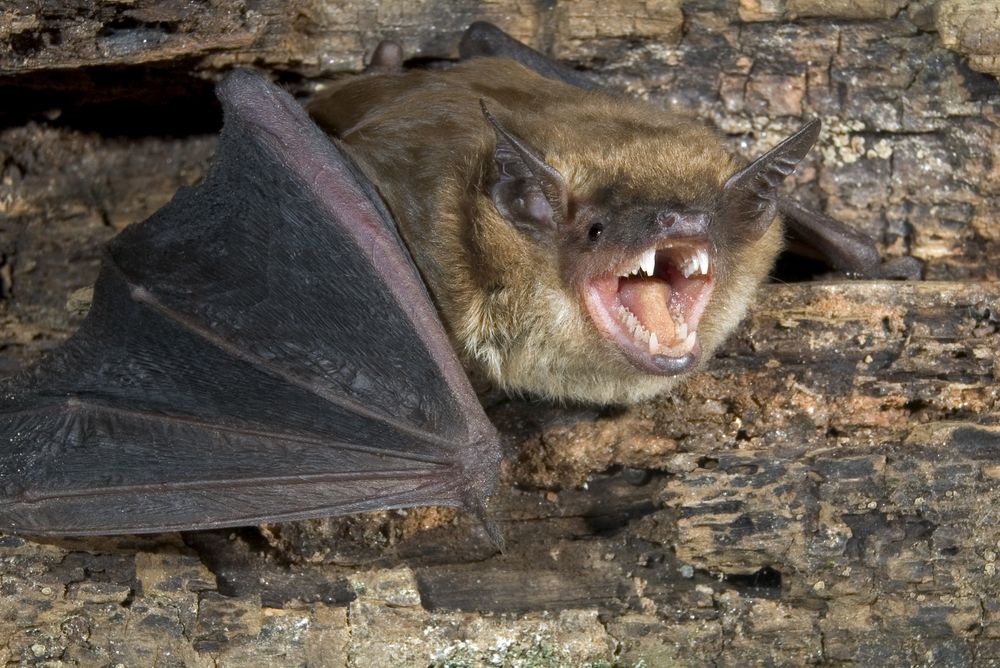Bat on a Plane! Rabies Scare Serves as Warning to Health Officials

On an August morning last year, 53 people aboard a commercial airplane from Wisconsin were potentially exposed to the rabies virus when a bat flew through the cabin soon after takeoff, according to a government report of the incident released today.
After the plane returned to the airport the bat escaped, so officials could not be determine whether it was carrying the deadly virus, but health officials found no infected passengers.
Still, in the wake of the incident, the researchers at the Centers for Disease Control and Prevention say health officials should be prepared to deal with such events.
"Although a bat, or any wildlife, aboard a commercial airliner is unlikely, public health practitioners should be prepared to respond to potential exposures to rabies and other infectious agents, including during air travel," the researchers wrote.
Bat on a plane
The report recounted the incident aboard the Atlanta-bound flight from Dane County Regional Airport in Madison, Wis. "Shortly after takeoff, a bat flew from the rear of the aircraft through the cabin several times before being trapped in the lavatory," the report said. [See video of the bat's flight aboard the airplane]
After the plane returned to the airport and the passengers got off, maintenance crew members removed the bat. But the creature eluded them and flew out the cabin door, through the airport terminal, and was last seen exiting the building through automatic doors.
Sign up for the Live Science daily newsletter now
Get the world’s most fascinating discoveries delivered straight to your inbox.
After a search of the cabin turned up no additional bats, 15 of the passengers reboarded the aircraft; the others made other travel arrangements. As for the possibility of other bats at the airport, the CDC researchers said it had in place a "rigorous animal-control and incident documentation program, and no evidence of bat infestation."
Bats & rabies
The most common way for people to get rabies in the U.S. is through contact with a bat. Most bats don't have rabies, but the ones that are seen during the day, when bats are not normally active, or are encountered where they are not usually seen (such as in economy-class seating) "just might be rabid," according to the CDC's website.
Three cases of rabies were reported in the U.S. last year, and none so far this year, according to the CDC.
Simply seeing a bat doesn't put a person at risk of rabies, but people who wake to find a bat in their home should seek medical attention because they may not know they have been bitten: Bat bites can be small and signs of them can disappear quickly, the CDC says.
Even people possibly exposed to bat saliva can become infected with the rabies virus, which attacks brain and nervous system cells, and should receive the rabies vaccine, a series of shots given over the two weeks after exposure to prevent infection, the CDC says. Rabies infections are usually deadly.
The CDC report said that while none of the Wisconsin airline passengers who were interviewed afterward needed to get the vaccine, five could not be tracked down — the flight's original passenger list was voided and replaced after the reboarding.
Pass it on: While wildlife aren't usually encountered during air travel, public health officials should be prepared to deal potential infections arising from such incidents.
This story was provided by MyHealthNewsDaily, a sister site to LiveScience. Follow MyHealthNewsDaily on Twitter @MyHealth_MHND. Find us on Facebook.












